Fernleaf Yarrow, also known as Soldiers Woundwort (Achillea filipendulina), is a versatile perennial plant belonging to the Asteraceae family. Native to the Caucasus, Iran, and Afghanistan, this hardy plant thrives in temperate regions and is often grown for its ornamental value. It has gained recognition for its resilience and beauty, with several cultivars earning the prestigious Royal Horticultural Society’s Award of Garden Merit.
A member of the filipendulina species, Fernleaf Yarrow is notable for its historical and cultural significance. Its genus name, Achillea, is a nod to the legendary Greek hero Achilles, highlighting its longstanding association with healing and resilience. As an edible plant, it also holds value in culinary and traditional practices, making it a practical and appealing addition to any garden.
| Common name | Fernleaf Yarrow, Soldiers Woundwort |
| Botanical name | Achillea filipendulina |
| Family | Asteraceae |
| Species | filipendulina |
| Origin | Caucasus, Iran and Afghanistan |
| Life cycle | Perennial |
| Plant type | Edible |
| Hardiness zone | 3, 4, 5, 6, 7, 8, 9 |
| Sunlight | Full Sun |
| Maintenance | Low |
| Soil condition | Clay |
| Soil ph | Neutral |
| Drainage | Well-Drained |
| Growth rate | Fast |
| Spacing | 12 in. – 3 ft. |
| Flowering period | Fall |
| Height | 3 ft. – 4 ft. |
| Flower color | Gold, Yellow |
| Leaf color | Gold, Yellow |
| Stem color | Green |
| Leaf benefit | Fragrant |
| Flower benefit | Fragrant |
| Garden style | Butterfly Garden |
| Uses | Coastal |
I. Appearance and Characteristics
Achillea filipendulina, the yarrow, fernleaf yarrow, milfoil, or nosebleed, is an Asian species of flowering plant in the sunflower family, native to central and southwestern Asia (Kazakhstan, Afghanistan, Pakistan, Iran, Iraq, Turkey, Caucasus). It is also naturalized in parts of Europe and North America.
A herbaceous perennial, it grows 120 centimeters (4 feet) high, with fern-like foliage. The leaves are linear, pinnate, lobed and serrated, hairy and rough. The flowers are arranged in corymbs, or panicles, of a complex character; they are very large, often 13 cm (5 inches) across. The smaller corymbs are arched or convex, causing the cluster or compound corymb to present an uneven surface. In the species the small flowers are of rich ‘old gold’ yellow color, and are very rigid, almost hard. The flowering period is mid to late summer.
Achillea filipendulina is cultivated in temperate regions as a flowering ornamental plant. Ordinary garden loam and other soils support its growth. It is best grown in full sun, and is drought tolerant when established. Propagation is by seed or root division in spring.
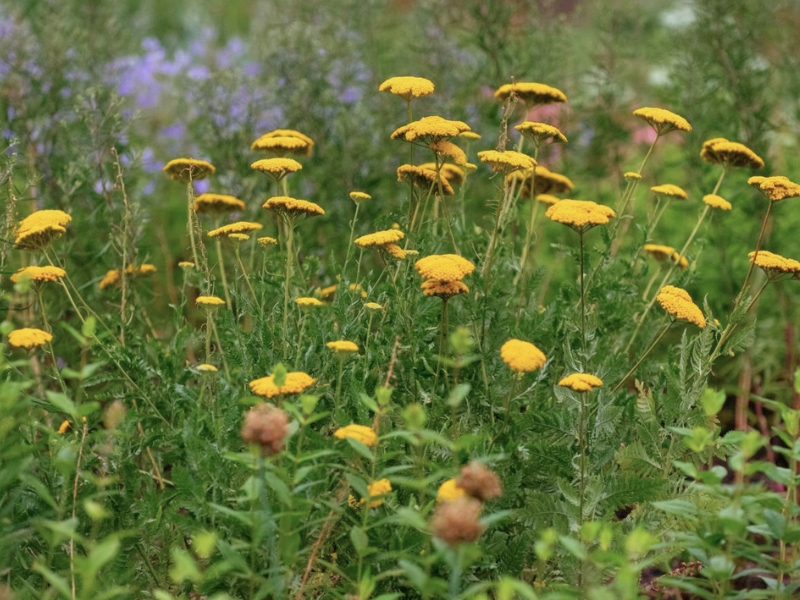
II. How to Grow and Care
Sunlight
Fernleaf yarrow likes full sun and is best planted in open areas. Sufficient sunlight makes the flowers more colorful. However, in hot summers you may need to shade the plant to avoid sunburn. Fernleaf yarrow can also survive in a shady place, but it will get leggy.
Temperature
Fernleaf yarrow originated in Southwest Asia and Eastern Europe. It is widely distributed in northern temperate zones, preferring cool, moist environments. Fernleaf yarrow grows best between 5 to 25 ℃, and can tolerate temperatures as low as 5 to 6 ℃. Fernleaf yarrow is drought tolerant, demands little water, and grows well in dry conditions.
Watering
Originating from the temperate regions, fernleaf yarrow is accustomed to moderate moisture levels and can withstand brief periods of drought. This species thrives with a balance of hydration, avoiding both waterlogged soils and prolonged dryness. Watering every week will maintain its optimal health. As an herbaceous perennial, fernleaf yarrow is often grown outdoors where it benefits from natural rainfall patterns, aligning its growth cycles with seasonal water availability.
Soil
Fernleaf yarrow tolerates poor soil conditions but prefers fertile, well-drained sandy soil. It likes weakly acidic soil with a pH of 5.5-8. The soil depth should be at least 20 cm for it to grow well. If the soil is too rich and wet, fernleaf yarrow tends to get floppy or have overgrown stems.
Fertilizing
For fernleaf yarrow, applying a balanced fertilizer in early spring promotes robust growth. A high phosphorus mix is ideal pre-bloom, enhancing flowering. Fertilize monthly during the growing season but reduce in fall. Use sparingly; overfertilization can hamper natural resilience. Adjust amounts based on plant size and soil fertility. Always water fernleaf yarrow after fertilizing to aid absorption and prevent root burn.
Pruning
In late spring, prune overgrown stems to prevent fernleaf yarrow from falling over. When it is hot and rainy in summer, the lower leaves of the plant are likely to wither and turn yellow, so it’s best to prune them rather than leave them to rot.
Cut off withered stalks after the flowering period. At the end of fall, the stems and leaves on the ground have withered and can also be trimmed. They will resprout next year.
Propagation
Fernleaf yarrow can be propagated in spring, summer, and fall by sowing, division, or cutting.
- Seed propagation
Sow in spring or fall. Sprinkle the seeds on flat ground, cover with 5 mm of soil, and water. The seeds will germinate in about a week.
- Division propagation
Divide the plant in spring, before the temperature rises. Carefully dig out the fernleaf yarrow together with its root system, then cut it into a few clumps and plant them separately. Cut the plants to a height of 8 to 10 cm to avoid excessive water evaporation and increase the survival rate.
- Cutting propagation
In spring, diagonally cut 5 to 10 cm of vigorously-growing branches. Leave only the top 2-3 leaves, insert them into soil, water them well, and keep them in a cool place. Spray water to the foliage 4-5 times a day. The plant can be transplanted in 15-20 days in a temperature between 20 to 30 ℃.
Transplanting
For fernleaf yarrow, late winter to early spring (S1-S2) is an ideal period to transplant, taking advantage of its dormant phase. A sunny, well-drained spot promotes the best growth. Remember, don’t over-water fernleaf yarrow post-transplant, they thrive in dry conditions!
III. Uses and Benefits
Fernleaf yarrow is generally grown in gardens as an ornamental for its brilliant yellow flowers, spicy smell, and general toughness and versatility. Besides being used in meadow gardens, it is often part of floral beds and borders. It is also grown for cut flower arrangements, both fresh and dried.
IV. Harvesting and Storage
When the flowers are about 2/3 of the way to full bloom, they can be cut and inserted into a vase, or to be hung for making dried flowers.
Once fernleaf yarrow seeds are ripe, they can be harvested and saved for later sowing. You can gently tap the seeds out of the cracked fruit, dry them in a cool environment, and store them in a dry, ventilated place.
Find Where to Buy the Best Fernleaf Yarrow (Achillea filipendulina)





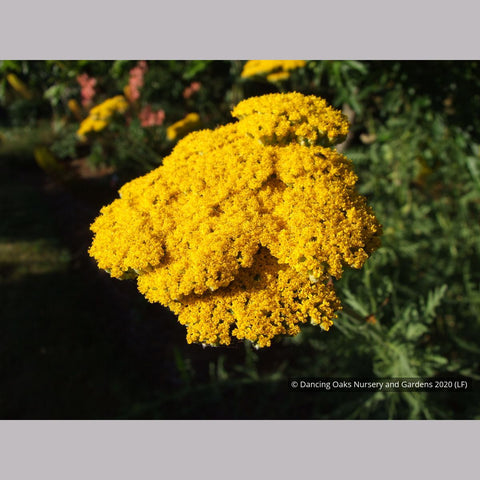
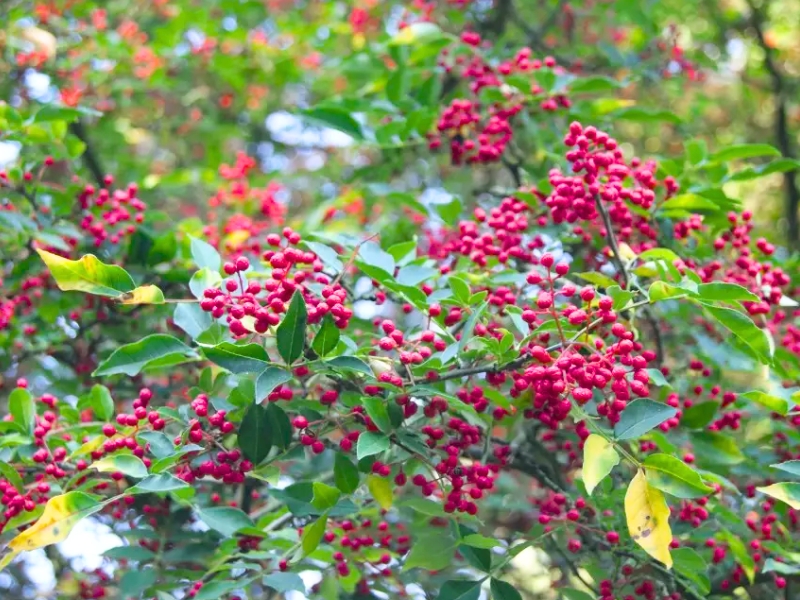
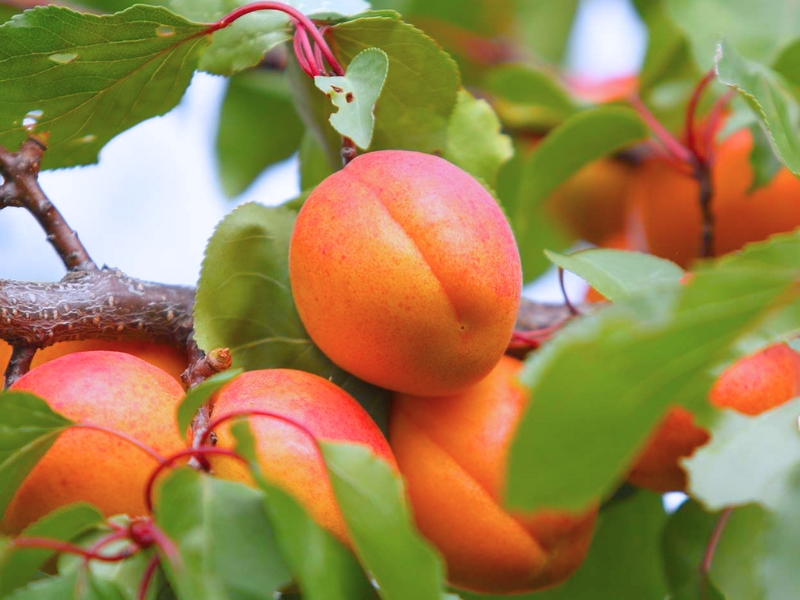
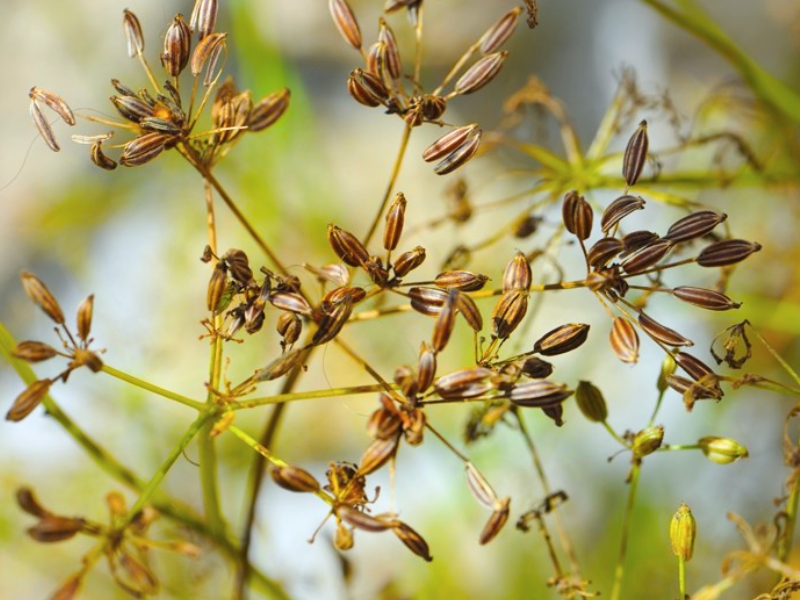
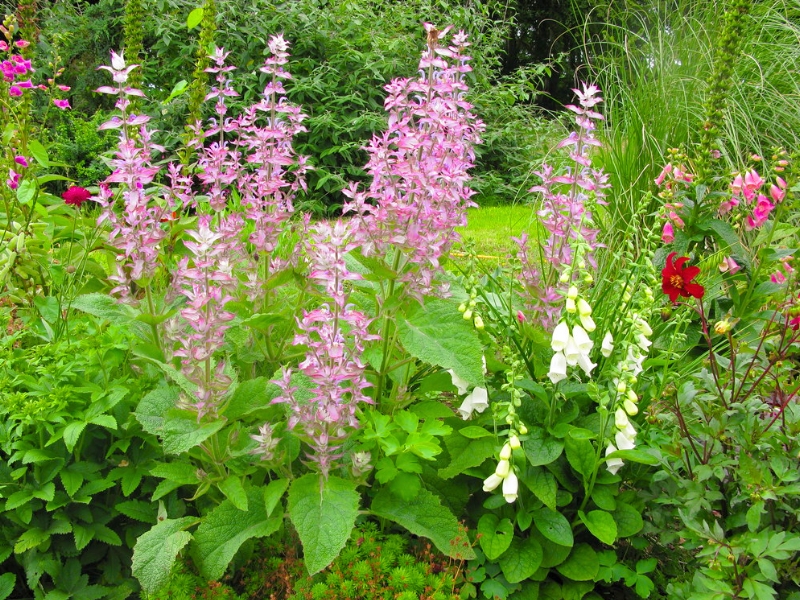
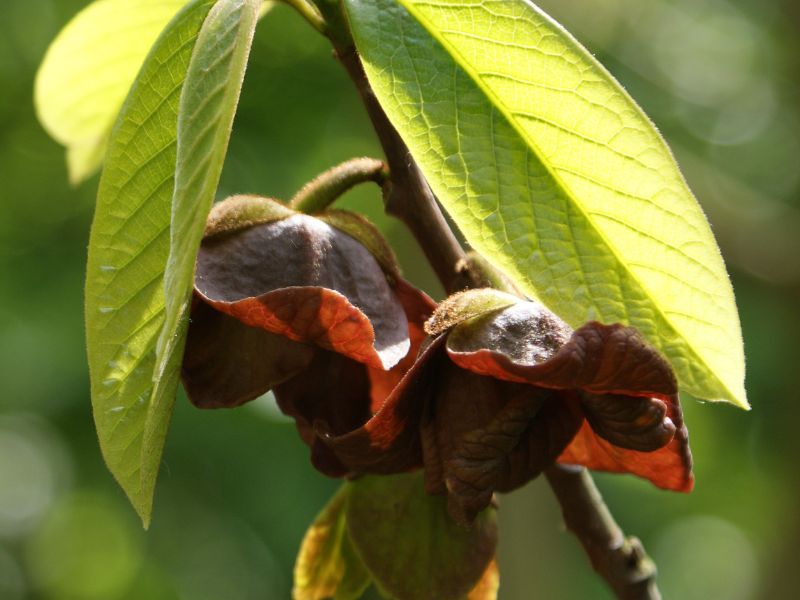
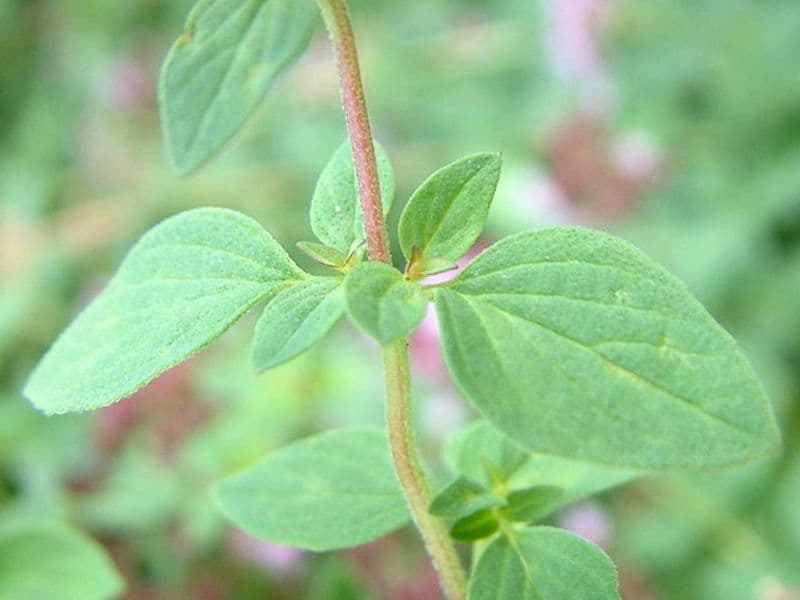
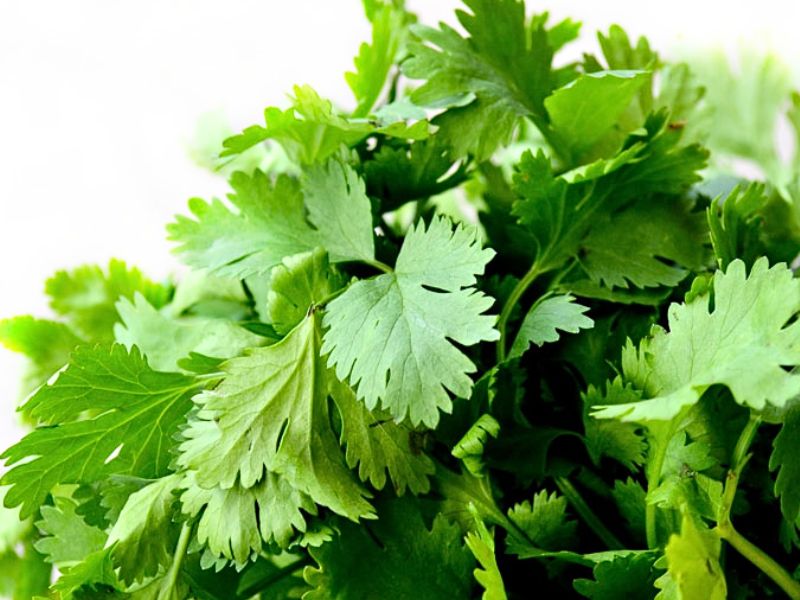
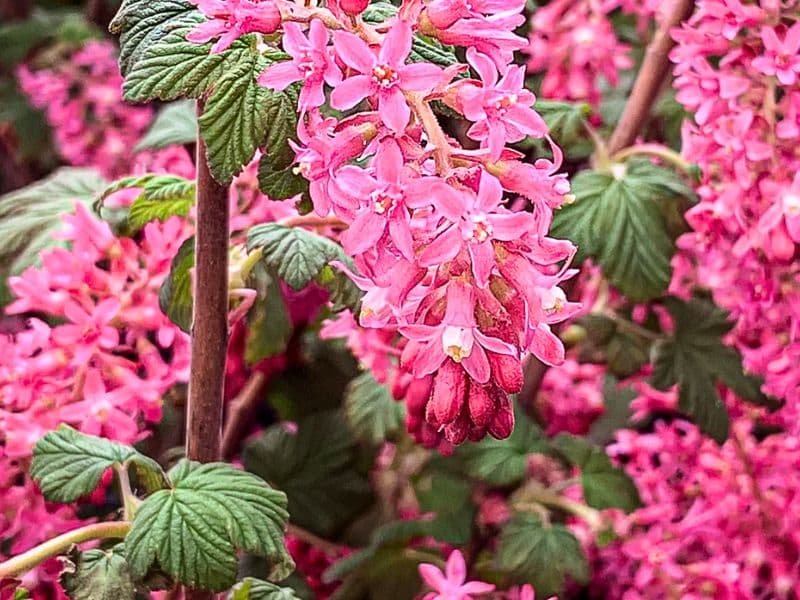
Leave a Reply